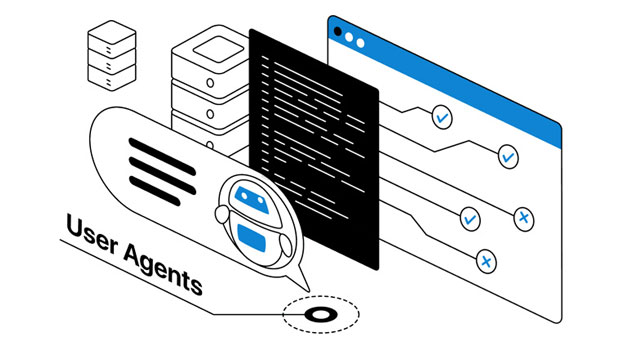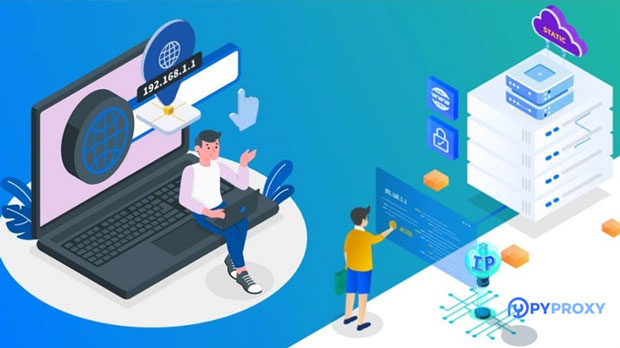A socks5 proxy server is a widely used network protocol that allows clients to access remote servers through a secure intermediary. It operates at a low level and can support a wide range of applications, including HTTP, FTP, and more. In this article, we will guide you through the process of creating a simple socks5 proxy server in C from scratch. We'll walk you through the setup, implementation, and essential concepts involved in building a functional proxy server. Whether you're looking to better understand networking or build a custom proxy for your own needs, this guide will help you get started with the basics. Understanding Socks5 Proxy ProtocolBefore diving into coding, it's crucial to understand the Socks5 protocol itself. Socks5 is an extension of the original SOCKS (Socket Secure) protocol, designed to facilitate secure, flexible, and efficient communication between clients and remote servers. It supports both UDP and TCP connections, authentication mechanisms, and offers improved security compared to its predecessors.The fundamental operations of a Socks5 proxy can be summarized as:1. Client Connection: The client establishes a connection to the proxy server and negotiates the SOCKS version and authentication method.2. Request Handling: Once connected, the client sends a request for the destination server and the specific connection type (e.g., TCP/IP).3. Server Response: The proxy server then either connects to the target server on behalf of the client or denies the request if any conditions aren't met.4. Data Forwarding: Once the connection is established, data flows between the client and the destination server through the proxy server, often encrypted or encapsulated for security.Now that we understand the Socks5 protocol, let’s explore how to implement this in C.Setting Up Your Development EnvironmentTo begin coding a Socks5 proxy in C, you need a proper development environment. The most common platform for C development is Microsoft Visual Studio, which offers a robust Integrated Development Environment (IDE) with all the necessary tools and libraries. If you're using a different IDE or editor, make sure that your environment supports .NET development.Once you have your development environment ready, create a new C console application project. This project will allow you to handle network connections and implement the core functionality of a Socks5 proxy.Creating the Basic Proxy ServerNow let’s start with the essential steps for creating the server. The proxy server will listen for incoming client connections and forward those requests to the appropriate destination server. 1. Listening for Client ConnectionsTo begin, you need to set up a TCP listener to handle incoming client connections. In C, you can use the `TcpListener` class for this purpose.```csharpusing System;using System.Net;using System.Net.Sockets;class Socks5ProxyServer{ private TcpListener _tcpListener; public void Start(string ipAddress, int port) { _tcpListener = new TcpListener(IPAddress.Parse(ipAddress), port); _tcpListener.Start(); Console.WriteLine("Socks5 Proxy Server Started"); while (true) { var client = _tcpListener.AcceptTcpClient(); Console.WriteLine("Client connected"); HandleClient(client); } }}```This simple method listens on a specified IP address and port. When a client connects, it accepts the connection and delegates the handling to a method called `HandleClient`. 2. Handling Client RequestsOnce a client connects, the server needs to handle the SOCKS5 negotiation. This involves the exchange of data between the proxy server and the client to authenticate and verify the SOCKS version. Below is an example of the first part of the negotiation:```csharppublic void HandleClient(TcpClient client){ var stream = client.GetStream(); byte[] buffer = new byte[256]; int bytesRead = stream.Read(buffer, 0, buffer.Length); if (bytesRead > 0) { // Process SOCKS5 handshake if (buffer[0] == 0x05) // Socks5 version { byte[] response = new byte[] { 0x05, 0x00 }; // No authentication required stream.Write(response, 0, response.Length); // Proceed to the next step: Request handling ProcessRequest(stream); } }}```In this code, the server reads the first byte from the client to check if it’s a valid SOCKS5 connection (0x05 for Socks5). After confirming, it sends a response indicating that no authentication is required (0x00) and proceeds to handle the client’s request. 3. Request Handling and Connection EstablishmentOnce the SOCKS5 handshake is complete, the client will send a request to the server, typically for a connection to a target host and port. Here's a simple implementation of processing this request:```csharppublic void ProcessRequest(NetworkStream stream){ byte[] requestBuffer = new byte[4]; stream.Read(requestBuffer, 0, 4); // Read the request header byte command = requestBuffer[1]; // Command (CONNECT, BIND, UDP ASSOCIATE) byte addressType = requestBuffer[3]; // Address type (IPv4, domain name, IPv6) // For simplicity, assume it's a CONNECT request with IPv4 address type byte[] addressBuffer = new byte[4]; stream.Read(addressBuffer, 0, 4); // Read the IP address byte[] portBuffer = new byte[2]; stream.Read(portBuffer, 0, 2); // Read the port number string ipAddress = $"{addressBuffer[0]}.{addressBuffer[1]}.{addressBuffer[2]}.{addressBuffer[3]}"; int port = (portBuffer[0] 0) { targetStream.Write(buffer, 0, bytesRead); targetStream.Flush(); } // Read data from target server and send to client bytesRead = targetStream.Read(buffer, 0, buffer.Length); if (bytesRead > 0) { clientStream.Write(buffer, 0, bytesRead); clientStream.Flush(); } }}```This method listens for incoming data from both the client and the target server, forwarding it in real-time.Enhancing the Proxy Server with FeaturesOnce you have the basic Socks5 proxy server working, there are several additional features you can implement to enhance the functionality:1. Authentication Support: You can extend the proxy to support various authentication mechanisms, such as username and password, by modifying the initial handshake process.2. Error Handling: Implement robust error handling to gracefully manage failed connections, timeouts, and unexpected issues.3. Logging and Monitoring: Add logging to track client connections, errors, and traffic flow for debugging and analysis.4. IPv6 Support: Extend the proxy to handle IPv6 addresses, allowing it to be more versatile.ConclusionBuilding a simple Socks5 proxy server in C is a great way to learn more about network programming and the inner workings of proxy protocols. While the implementation described here is basic, it provides a solid foundation upon which you can build more sophisticated features. Whether for learning or practical use, creating a proxy server from scratch can enhance your understanding of network communication and security.
Jan 13, 2025
![arrow]()



























































